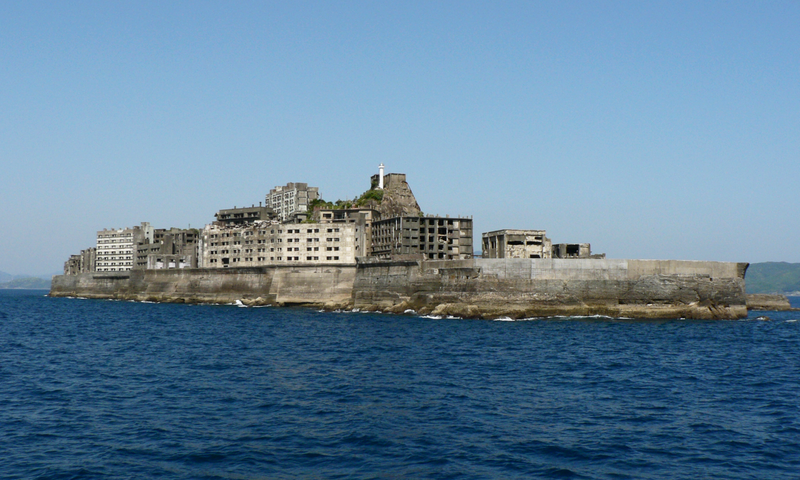Abandoned ruins are usually associated with ancient cities like Pompeii or Machu Picchu, but many 19th and 20th-century settlements were also left to rot after natural disasters, wars or economic depressions forced their residents to flee.
These ghost towns stand as eerie monuments to bygone eras, and some have even found a second life as tourist attractions and movie sets. From the infamous nuclear disaster zone near Chernobyl to Henry Ford’s doomed jungle paradise, learn the stories behind six of the world’s most famous vacant towns and villages.
Pripyat, Ukraine

Pripyat is a ghost town in northern Ukraine, near the border with Belarus.
Named after the nearby Pripyat river, Pripyat was founded on 4 February 1970, as the ninth nuclear city in the Soviet Union, to serve the nearby Chernobyl Nuclear Power Plant. It was officially proclaimed a city in 1979 and had grown to a population of 49,360 by the time it was evacuated, on the afternoon of April 27, 1986, the day after the Chernobyl disaster.
On April 26, 1986, during a test to see how much power was needed to keep the No. 4 reactor operating in the event of a blackout, the Chernobyl Nuclear Station exploded, releasing extremely dangerous amounts of radioactive chemicals into the air, which over time contaminated millions of square miles in dozens of European nations. The IAEA estimates that approximately 30 people were killed by the explosion immediately.
It took 36 hours before the town’s 49,000 residents were evacuated, and many later suffered severe health effects as a result of their brief exposure to the fallout. Soviet authorities later sealed off an 18-mile exclusion zone surrounding Chernobyl, leaving Pripyat an abandoned ghost town.
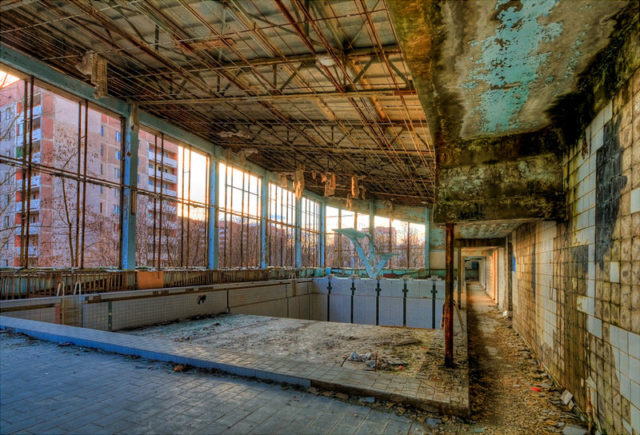
The town had 15 primary schools, five secondary schools, and a technical college. There were a hospital, two sports stadiums, and an amusement park. Today Pripyat is a ghost town, its streets are overgrown, its apartment blocks lying derelict.
Books and toys litter the schools and kindergarten, a reminder of how quickly they were evacuated.
While radiation levels in Pripyat have dropped enough in recent years to allow urban explorers and former residents to make brief visits, scientists estimate that it could take several centuries before the town is once again safe for habitation.
Oradour-Sur-Glane, France
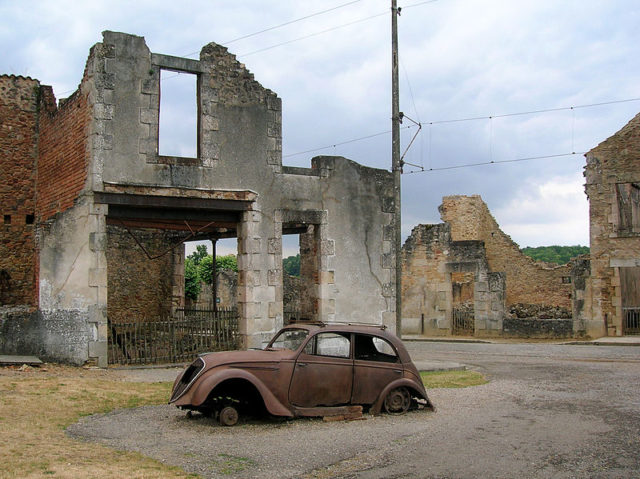
Oradour-Sur-Glane is unique in Europe: a fully preserved, ruined village that was the site of the worst Nazi massacre of civilians carried out on French soil. Six hundred and 42 people, including 247 children, were shot or burnt alive on 10 June 1944 in an unexplained act of barbarity.
In what is believed to have been an act of revenge for the town’s supposed support of the French Resistance, the men were taken to barns and machine-gunned, and the women and children were locked in a church and killed with explosives and incendiary grenades.
Only a handful of people managed to survive by playing dead and later fleeing to the forest.
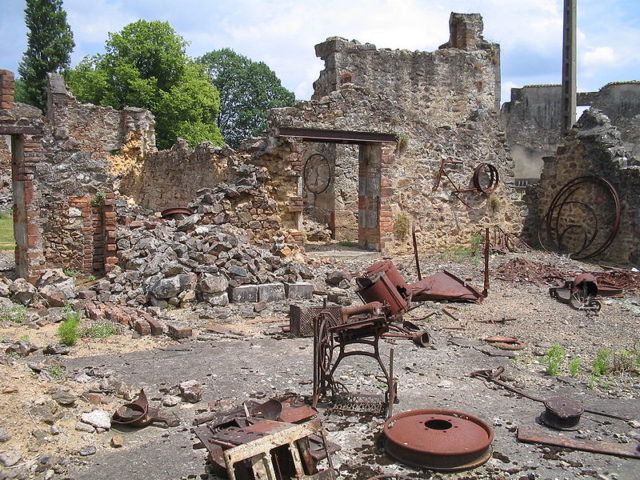
After the war, General Charles de Gaulle decided the village should never be rebuilt, but would remain a memorial to the cruelty of the Nazi occupation.
The new village of Oradour-Sur-Glane (population 2,375 in 2012), northwest of the site of the massacre, was built after the war. The ruins of the original village remain as a memorial to the dead and to represent similar sites and events.
In a speech in 2013, Robert Hébras – one of only six people to survive the slaughter (hid under a pile of dead bodies), and one of two still alive – explained how the womenfolk and young had been variously asphyxiated, machine-gunned and burnt alive. They certainly saw the flattened pushchair, left in the place where it had been found before the altar.
Hashima Island, Japan

Hashima Island, commonly called Gunkanjima, is an abandoned island lying about 15 kilometers from the city of Nagasaki, in southern Japan. It is one of 505 uninhabited islands in Nagasaki Prefecture. The island’s most notable features are its abandoned concrete buildings, undisturbed except by nature, and the surrounding sea wall.
While the island is a symbol of the rapid industrialization of Japan, it is also a reminder of its dark history as a site of forced labor prior to and during the Second World War. The 6.3-hectare island was known for its undersea coal mines, established in 1887, which operated during the industrialization of Japan. The island reached a peak population of 5,259 in 1959.
The island was purchased by Mitsubishi, which built some of the world’s first multi-story, reinforced concrete buildings to house its bursting population. Hashima remained a hive of activity for the next several decades, especially during World War II, when the Japanese forced thousands of Korean laborers and Chinese POWs to toil in its mines.

In 1974, with the coal reserves nearing depletion, the mine was closed and all of the residents departed soon after, leaving the island effectively abandoned for the following three decades. Interest in the island re-emerged in the 2000s on account of its undisturbed historic ruins, and it gradually became a tourist attraction of a sort.
Certain collapsed exterior walls have since been restored, and travel to Hashima was re-opened to tourists on April 22, 2009. Increasing interest in the island resulted in an initiative for its protection as a site of industrial heritage. The island was formally approved as a UNESCO World Heritage site in July 2015.
Varosha, Cyprus
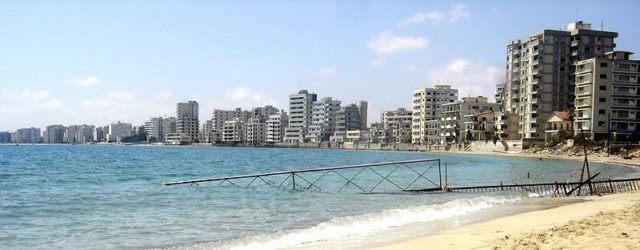
Before the division of Cyprus in 1974, Varosha – a resort in Famagusta – was booming. The rich and famous were drawn by some of the best beaches on the island. Richard Burton and Brigitte Bardot all dropped by – the Argo Hotel on JFK Avenue was said to be Elizabeth Taylor’s favorite.
Today the beaches are empty. So too are the hotels that line the sandy foreshore. The beach is fenced off using corrugated iron and barbed wire. Signs litter the roads around the beach reading “No Man’s Land”, “STOP” and “No Photos Allowed”.
All changed in August 1974, when Turkey invaded Cyprus and occupied its northern third in response to a Greek nationalist-led coup. All 15,000 residents fled the city in terror, leaving their valuables and livelihoods behind. Most assumed they would return once the fighting stopped, but ongoing political strife has seen Varosha waste away behind a heavily-guarded barrier ever since.
However, the resort was fenced off by the Turkish military and has been a ghost town ever since. A UN resolution of 1984 calls for the handover of Varosha to UN control and prohibits any attempt to resettle it by anyone other than those who were forced out.
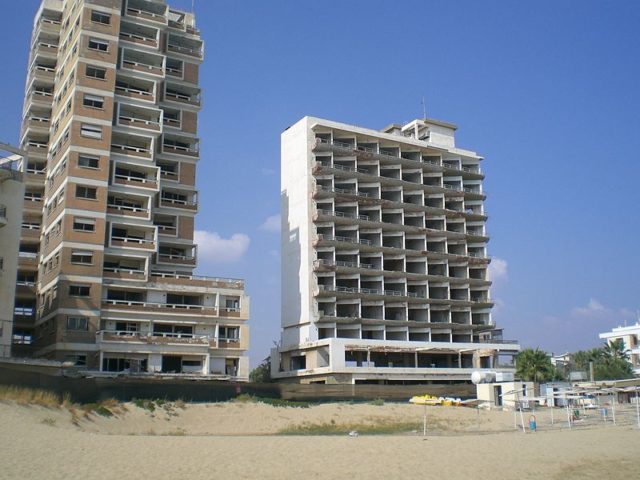
Trees have grown through the floors of restaurants and homes, and most of the former residents’ belongings have been looted or destroyed. What has left stands as a spooky time capsule of the 1970s, including bellbottoms in shop windows and 40-year-old vehicles still parked at car dealerships?
In recent years, Greek and Turkish Cypriots have held talks regarding reopening the former jet-setters’ haven, but experts estimate that it would take upwards of $12 billion to make its decrepit buildings livable again.
Bodie, California

Bodie, California was officially founded in 1876, after miners stumbled upon rich deposits of gold and silver in its hillsides. Gold-crazed prospectors flocked to the settlement at a rate of more than two-dozen per day in the late-1870s, and its population eventually soared to some 10,000 people.
Back then Bodie had the reputation of being one of the most furious, vehement, violent and lawless towns in all the Mother Lode. Law and order took a back seat to doing whatever was the inspiration of the moment including putting a bullet into someone as the only way to settle an argument.
Bodie began as a mining camp of little note following the discovery of gold in 1859 by a group of prospectors, including W.S. Bodey. Gold discovered at Bodie coincided with the discovery of silver at nearby Aurora (thought to be in California, later found to be Nevada), and the distant Comstock Lode beneath Virginia City, Nevada.
But while these two towns boomed, interest in Bodie remained lackluster. By 1868 only two companies had built stamp mills at Bodie, and both had failed

The first signs of an official decline occurred in 1912 with the printing of the last Bodie newspaper, The Bodie Miner.
By the 1880s, it had outgrown its meager infrastructure, and a succession of harsh and deadly winters convinced many of its prospectors to move to more profitable locales.
The population dwindled until the 1940s when the last residents finally shipped out. Since then, Bodie has become known as one of the nation’s most well-preserved ghost towns. Its 200 ramshackle buildings are kept in a state of “arrested decay” by park rangers, and tourists flock to the site to explore its 1880s Methodist church, saloons and post office as well as the ruins of a burned-out bank vault.
Fordlandia, Brazil
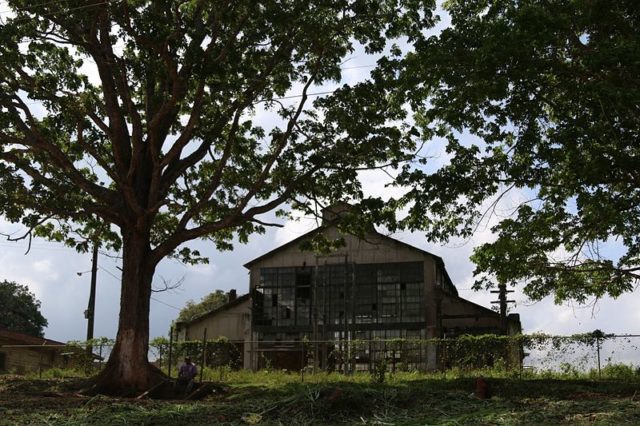
In the early 20th century, a cartel of Dutch and English rubber barons had a stranglehold on the vast majority of the world’s supply of rubber. At that time the sole source of rubber was the South American tree Hevea brasiliensis, whose sap is natural latex.
By the late 1920s, the infamous automobile tycoon Henry Ford set out to break the back of this rubbery monopoly. His hundreds of thousands of new cars needed millions of tires, which were very expensive to produce when buying raw materials from the established rubber lords.
To that end, he established Fordlândia, a tiny piece of America which was transplanted into the Amazon rain forest for a single purpose: to create the largest rubber plantation on the planet. Though enormously ambitious, the project was ultimately a fantastic failure.
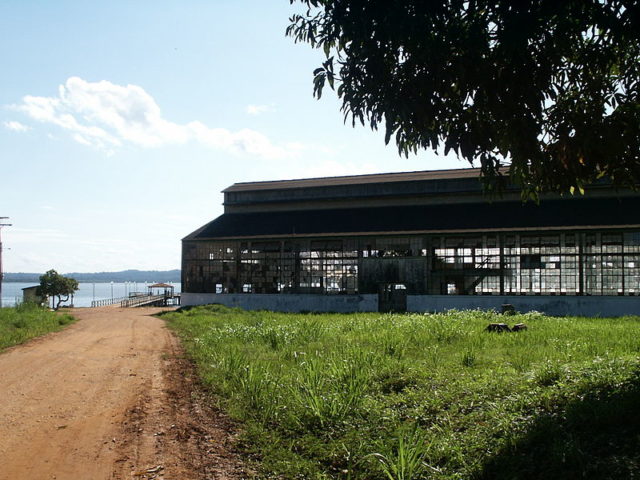
Having already left his mark on cities like Dearborn, Michigan, he designed a company town complete with swimming pools, a golf course, suburban-style bungalows and weekly square dancing sessions. Unfortunately for Ford, his experiment was doomed almost from the start.
Fordlandia’s rubber trees fell victim to leaf fungus, and its employees chafed under the town’s strict regulations, which included a ban on alcohol. Clashes between Brazilian laborers and American managers soon became a common occurrence.
During one riot over cafeteria rules, Fordlandia’s employees destroyed most of their mess hall with machetes and pushed the town’s trucks into the river.
Henry Ford eventually sank $20 million into his would-be workers’ paradise, but the town failed to produce any latex for his automobiles. Having never visited the city himself, he finally sold it to the Brazilian government in 1945 for pennies on the dollar.
The wilderness has reclaimed large portions of Fordlandia’s campus in the years since, but many of its buildings are still standing, and the town has become a minor tourist destination for backpackers and curiosity seekers.
